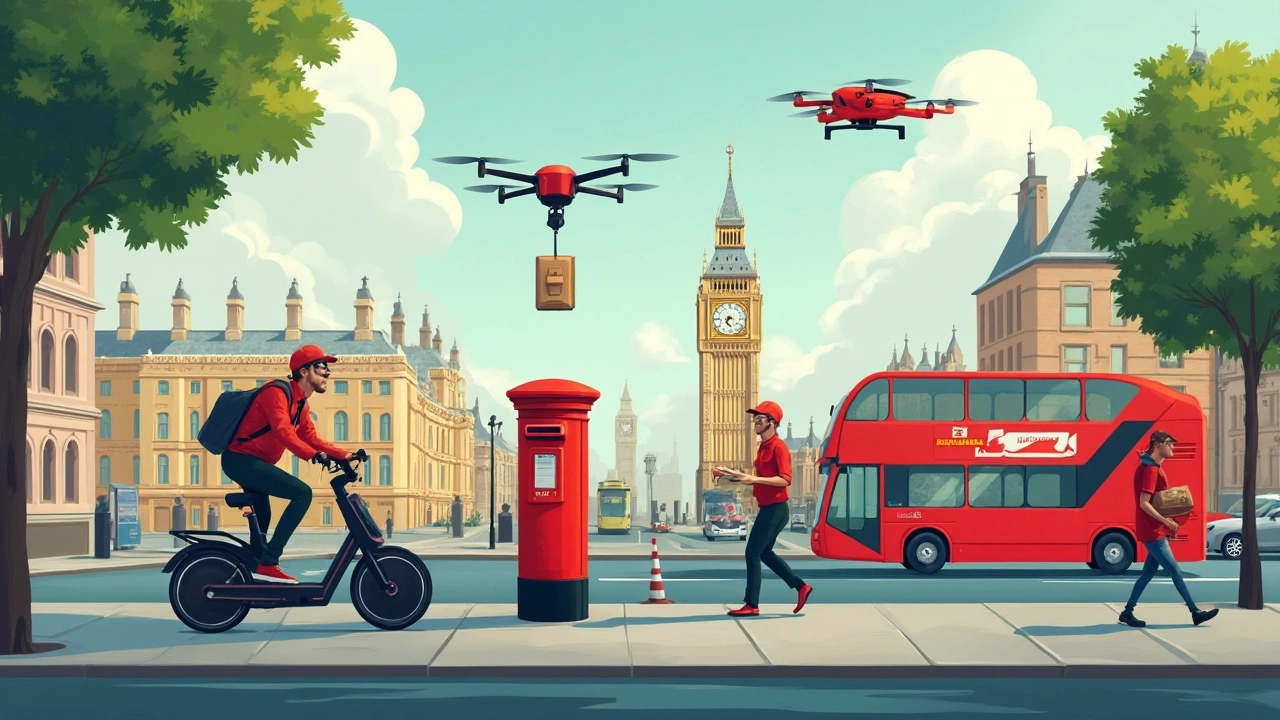Delivery Options: How to Pick the Fastest, Cheapest Way to Ship
Whether you’re sending a birthday gift or a business parcel, the right delivery option can save you time and money. With dozens of carriers, cut‑off times, and price tiers, it’s easy to feel overwhelmed. This guide breaks down the most common services, shows when each makes sense, and gives you practical tips you can use right now.
Next‑Day & Overnight Shipping
Next‑day delivery guarantees you’ll get a package within 24 hours, but the details matter. UPS, FedEx, USPS Priority Mail Express, and DHL all promise next‑day service, yet they differ in drop‑off locations, Saturday delivery availability, and price. For example, USPS Express will deliver on Saturdays for an extra fee, while FedEx offers a “SameDay®” option for urgent documents. Knowing each carrier’s cut‑off time (usually 5 pm local) helps you avoid missed deadlines.
Overnight shipping steps up the speed game. It’s ideal for time‑sensitive items like electronics, legal paperwork, or last‑minute gifts. UPS Worldwide Express and DHL Express both provide early‑morning delivery to major cities, but they charge a premium. If you’re on a tight budget, compare the rates on the carrier’s website; sometimes a FedEx Ground service with a 2‑day window is cheaper and still fast enough for non‑critical shipments.
Courier & Amazon Fast Delivery
Courier services fill the gap between standard post and premium express. Use a courier when you need same‑day delivery, special handling, or to ship to a PO box. Items like fragile gifts, expensive electronics, or urgent documents benefit from the door‑to‑door service couriers provide. Check the carrier’s list of allowed items – most couriers won’t take hazardous materials or perishable foods without special care.
Amazon Prime members enjoy “Free One‑Day” and “Same‑Day” options that beat many traditional carriers. To speed up an Amazon order, place it early in the day, choose a nearby fulfillment center, and avoid peak shopping times. Using “Amazon Lockers” can also reduce delivery time because lockers are often stocked for quick pickup.
When you’re deciding which service to use, start with the item’s size, value, and required delivery date. Small, low‑value parcels often ship cheapest with USPS 2‑Day Priority Mail. Larger or high‑value items may need a courier with insurance coverage. Always check if the carrier offers package tracking – most do, but the level of detail varies.
Tracking is more than a status update; it lets you anticipate delays and keep the recipient informed. Enable push notifications on the carrier’s app, and print a QR code badge for easy scanning at the drop‑off. If a package is delayed, contact the carrier immediately; many will reroute or offer a refund if the promised window isn’t met.
Bottom line: pick the service that matches your timeline, budget, and package needs. For most everyday shipments, USPS 2‑Day or FedEx Ground strikes a good balance. For urgent, high‑value items, go with UPS Next‑Day or a reputable courier. And when you’re buying from Amazon, leverage Prime’s fast‑shipping perks to save both time and money.
Discover the cost differences between courier services and traditional mail. Learn what factors determine pricing, when couriers might save you money, and how to choose the best option for your specific needs. Get practical tips on finding the most economical delivery method while ensuring your packages arrive safely and on time.
Feb, 15 2025
